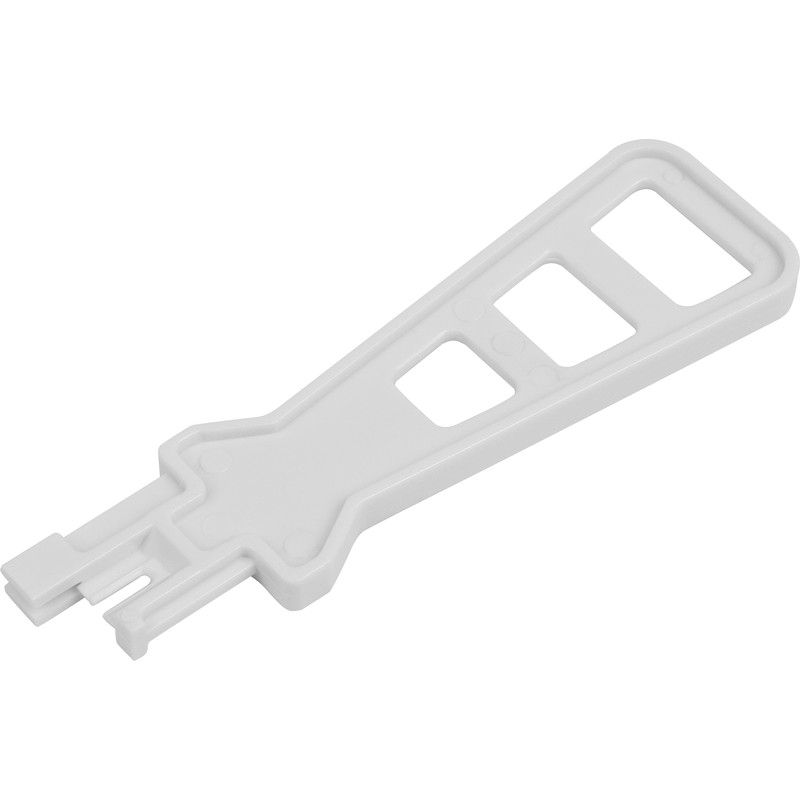So my Auntie has moved into her new bungalow and had her fibre broadband (BT Infinity) set up the other day. Unless I am mistaken, below looks like an extension telephone socket.
Can anyone confirm that this is an extension socket?
So far, this is the only telephone socket she can find. Also, if she has BT Infinity, should they not have supplied her with a VDSL filter rather than an ADSL one!
Anyone else with BT Infinity care to check if their filters say ADSL or VDSL on them please.
[GALLERY=media, 99831]Aunties-Telephone-Socket by eveares posted 3 Jun 2017 at 8:22 PM[/GALLERY]
Regards: Elliott.
Can anyone confirm that this is an extension socket?
So far, this is the only telephone socket she can find. Also, if she has BT Infinity, should they not have supplied her with a VDSL filter rather than an ADSL one!
Anyone else with BT Infinity care to check if their filters say ADSL or VDSL on them please.
[GALLERY=media, 99831]Aunties-Telephone-Socket by eveares posted 3 Jun 2017 at 8:22 PM[/GALLERY]
Regards: Elliott.


